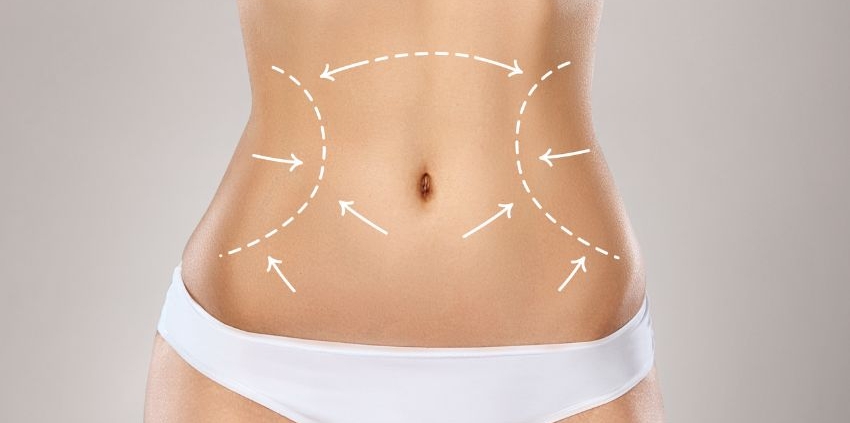A tummy tuck is a popular surgical procedure that can dramatically improve abdominal contour and remove excess skin. However, for smokers, undergoing this surgery requires careful consideration. Smoking affects the body’s ability to heal and increases the risk of complications. In Dubai, where aesthetic procedures are in high demand, understanding the implications of smoking on a Tummy Tuck in Dubai is essential before making a decision.
Why Smoking Matters
Nicotine and other chemicals in cigarettes constrict blood vessels, reducing blood flow to tissues. Adequate circulation is crucial for healing after a tummy tuck, as it ensures oxygen and nutrients reach the surgical site. Smoking can lead to:
Delayed wound healing
Increased risk of infections
Poor scar formation
Higher likelihood of tissue necrosis
These factors can compromise both the safety and the outcome of the procedure, making smoking a significant concern for potential patients.

Preoperative Considerations for Smokers
Before undergoing a tummy tuck, smokers are typically advised to:
Quit smoking: Most surgeons recommend stopping smoking at least 4–6 weeks before surgery.
Avoid nicotine products: Nicotine patches, gums, or vaping can also affect healing.
Disclose smoking history: Being transparent with your surgeon helps in assessing risk and planning surgery safely.
Following these steps significantly reduces complications and promotes better surgical outcomes.
Surgical Risks for Smokers
Smokers face higher risks during and after a tummy tuck compared to non-smokers. Some potential complications include:
Delayed wound healing: Incisions may take longer to close, increasing infection risk.
Skin necrosis: Reduced blood flow can cause tissue death in areas of the abdomen.
Poor scarring: Smokers are more likely to develop thick, raised, or uneven scars.
Blood clots: Surgery combined with smoking increases the risk of deep vein thrombosis.
Understanding these risks is crucial for making an informed decision about proceeding with the surgery.
Recovery Challenges
Even after a successful tummy tuck, smokers may face a longer recovery period. Swelling, bruising, and discomfort may persist longer than in non-smokers. Surgeons often emphasize:
Wearing compression garments to support healing
Limiting physical activity until cleared
Following strict wound care instructions to prevent complications
Benefits of Quitting Smoking Before Surgery
Quitting smoking before a tummy tuck has multiple benefits:
Enhanced healing and reduced risk of infection
Improved skin elasticity and better contour results
Reduced risk of anesthesia complications
Overall improvement in health and surgical safety
Alternatives and Considerations
For patients unable to quit smoking entirely, non-surgical options for body contouring may be considered, though they are less effective than a tummy tuck. Laser treatments, radiofrequency skin tightening, or targeted fat reduction can provide mild improvements but won’t address excess skin or weakened muscles the way surgery can.
Consultation is Key
A thorough consultation with a qualified surgeon helps assess risks and determine whether a tummy tuck is safe for smokers. Surgeons will evaluate:
Overall health and medical history
Smoking history and ability to quit
Goals and expected outcomes
In some cases, postponing the surgery until smoking cessation is achieved may be the safest option.
Tummy Tuck Dubai
For those in Dubai, Tummy Tuck Dubai provides access to experienced surgeons who are well-versed in managing patients with a history of smoking. With proper preoperative planning and adherence to medical advice, many smokers can safely undergo tummy tuck surgery and achieve excellent results.
Conclusion
While smoking increases the risks associated with a tummy tuck, it does not automatically disqualify patients. With careful planning, smoking cessation, and proper medical supervision, individuals can safely undergo the procedure and enjoy a firmer, more contoured abdomen. Patients in Dubai considering a tummy tuck should prioritize their health, follow preoperative instructions, and work closely with their surgeon to minimize risks and maximize results.
